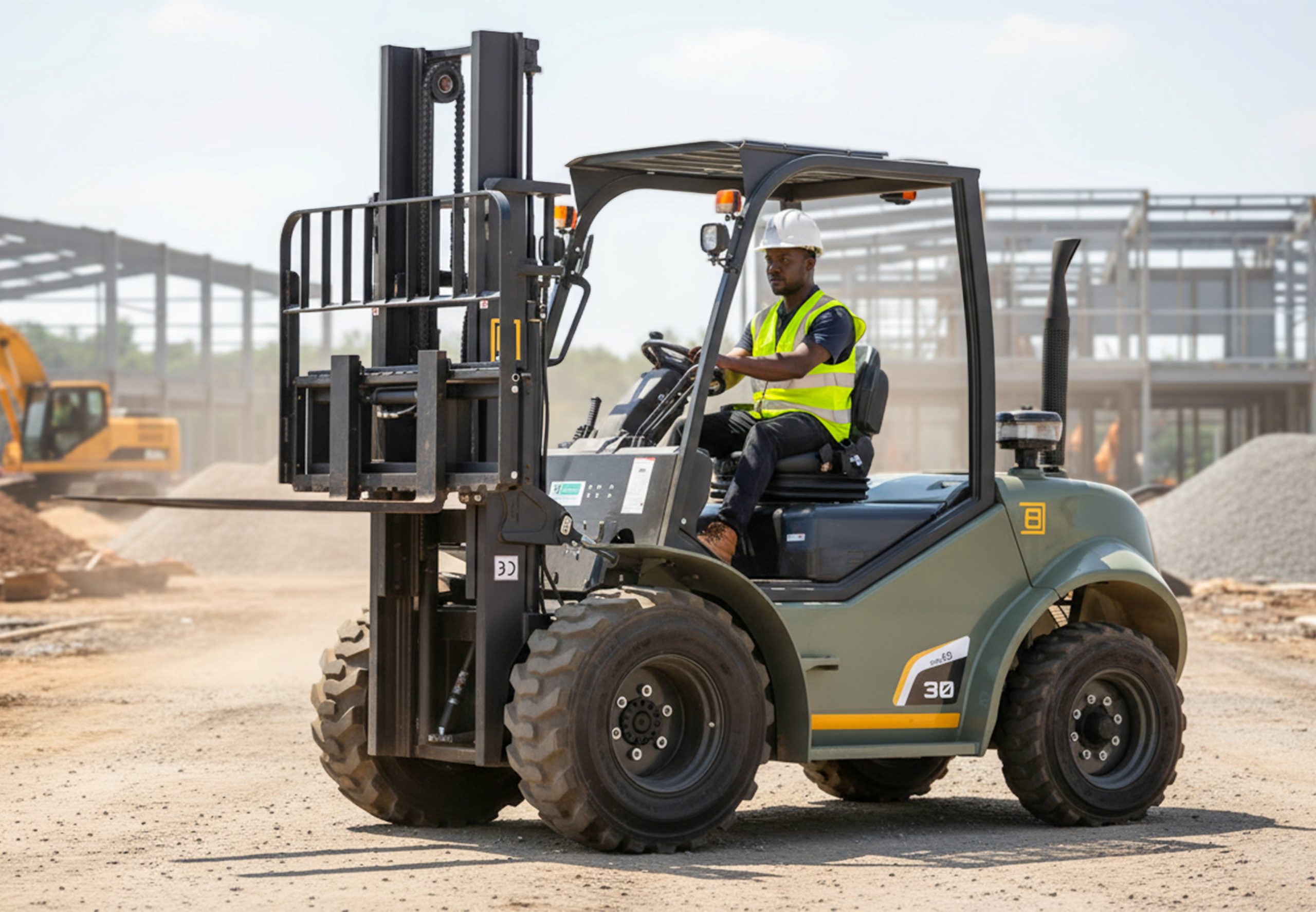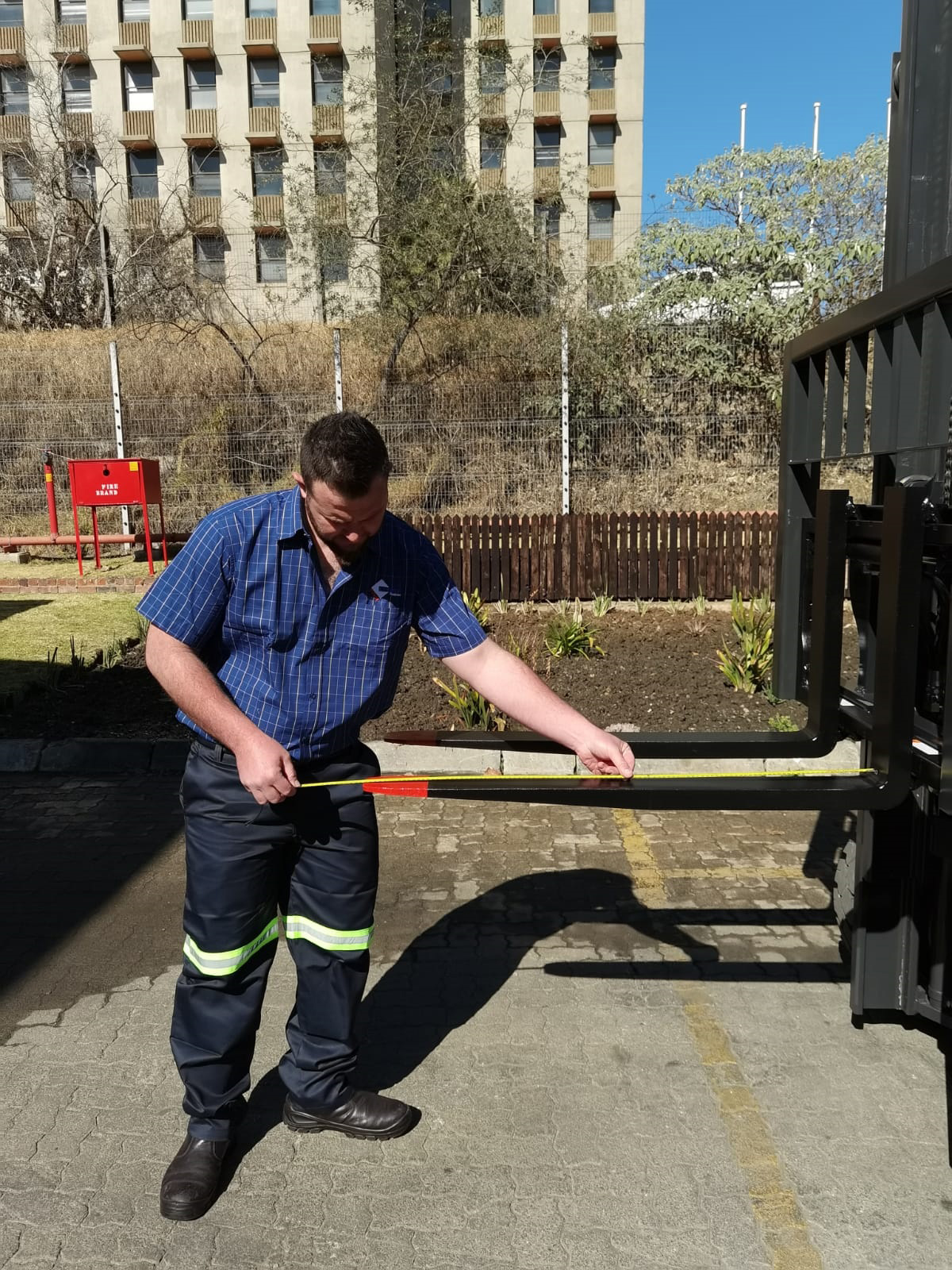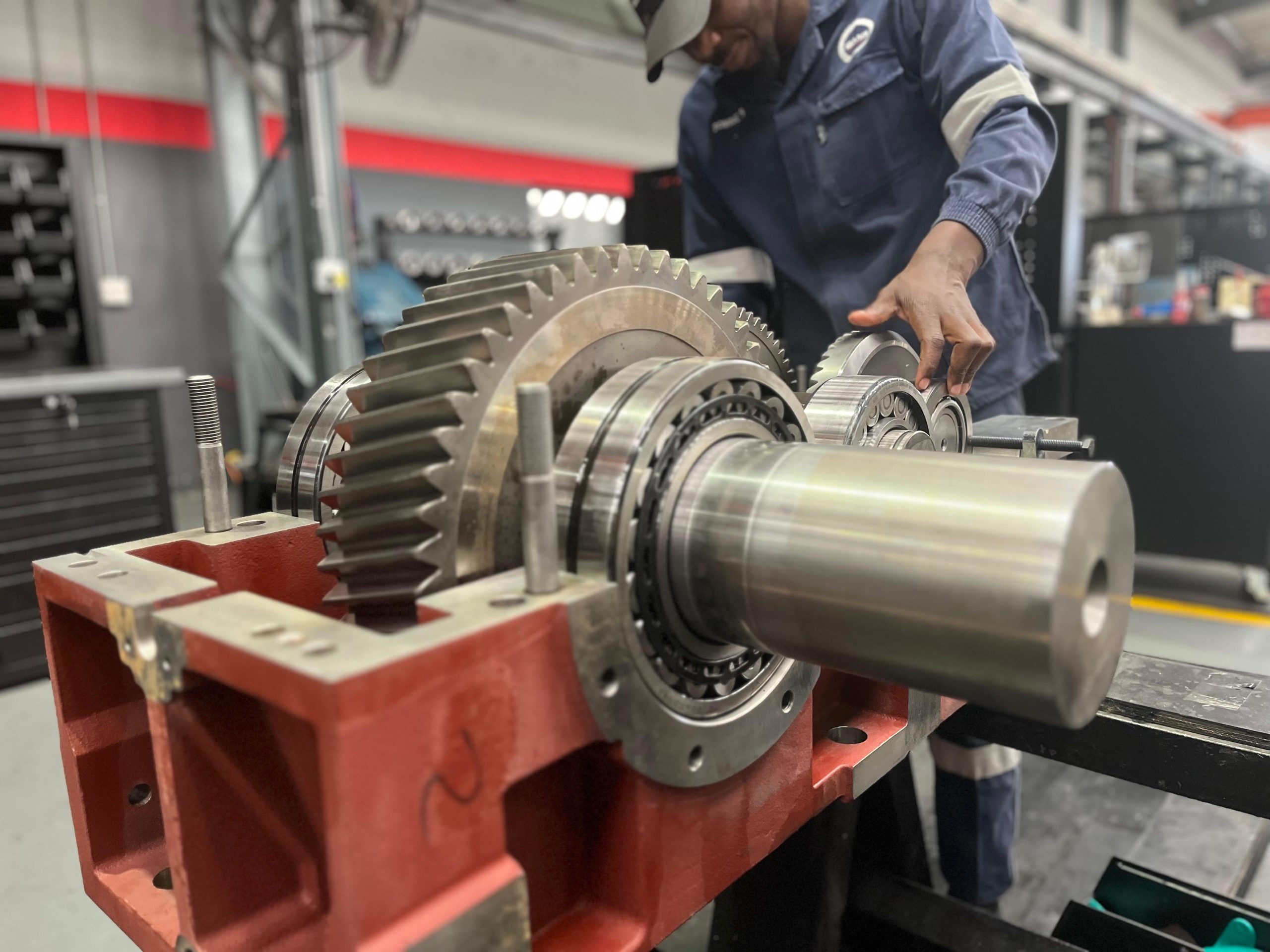German mining equipment manufacturers expecting record year
Mining equipment manufacturers in Germany are expecting a record year in 2019. Industry association VDMA Mining predicts global sales will rise by 38% to around €5bn.
In Germany itself, manufacturers are expected to increase their sales by 10% to €110mn. Commenting on the figures at the company’s annual event, VDMA Mining’s Chairman, Dr. Michael Schulte Strathaus, said the domestic market had become “rather a marginal phenomenon” due to the decision to phase out ignite-fired power generation and the decreasing opportunities to continue producing domestic raw materials.
In addition, he noted that the increasingly difficult spatial planning and the over-planning of deposits are becoming more and more important. Therefore, for the coming year, the VDMA expects domestic revenues to change only slightly at best.
Foreign business looks stronger. Sales are expected to rise this year by 38 percent to around €4.9 billion, with the export ratio at 98%. For 2020, the industry expects to maintain its revenues. The trade dispute between the USA and China, the renewed postponement of Brexit and the continuing tense situation in the Middle East, which is also having a negative impact on business, are having a combined negative impact.
In the medium and long term, however, the industry expects demand to continue to rise; with the world’s population estimated to grow to more than nine billion people by 2050, the demand for raw materials is expected to double by 2060.
Digital Future
To meet the demands of the digital age, mining equipment manufacturers are increasingly relying on machinery and equipment used in hard rock mining. Schulte Strathaus stated: “This is where many metals are extracted for the digital future. Without them, and thus also without our products, digitisation would simply not be possible. Data and energy are the basis for the future – but without these raw materials there would be no energy.”
Sustainability
Sustainability is at the top of the agenda for manufacturers. Schulte Strathaus gave examples from his company’s field of activity. The topic was the optimised transport of raw materials from extraction to processing. The conveyor belts and transitions used for this must be designed in such a way that no valuable raw material is lost. In addition to optimised bearings and idlers with low running resistance, a modern material flow control system in the form of intelligent scrapers, chute seals, swivel castors and impact tables, which ensure dust reduction and that as little material as possible is lost, is required. In addition, according to Schulte Strathaus, a comprehensive digitisation of belt conveyors is required in order to record the different aggregate states via sensors regarding predictive maintenance.
Outlook for 2020
The largest sales market this year was the EU. The 28 member states are expected to account for 25% of exports. Last year it was just over 27%. The decisive impetus came from France and Great Britain. In addition to these two countries, Schulte Strathaus said the raw materials strategy of the EU also made Poland, Greece, Sweden and Spain attractive as sales markets. A further slight increase in exports to the countries of the European Union is expected for 2020.
Share this content:















Post Comment